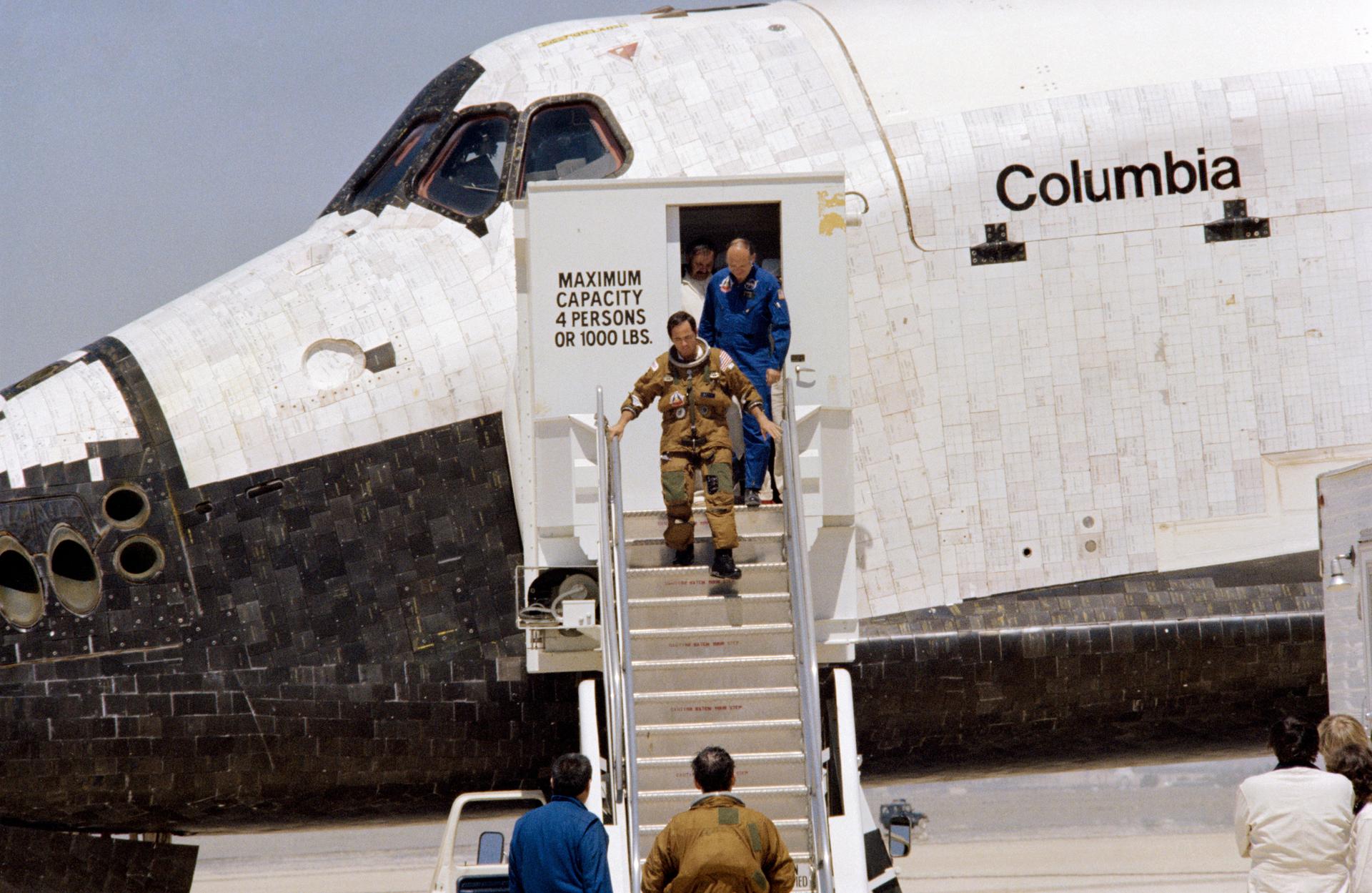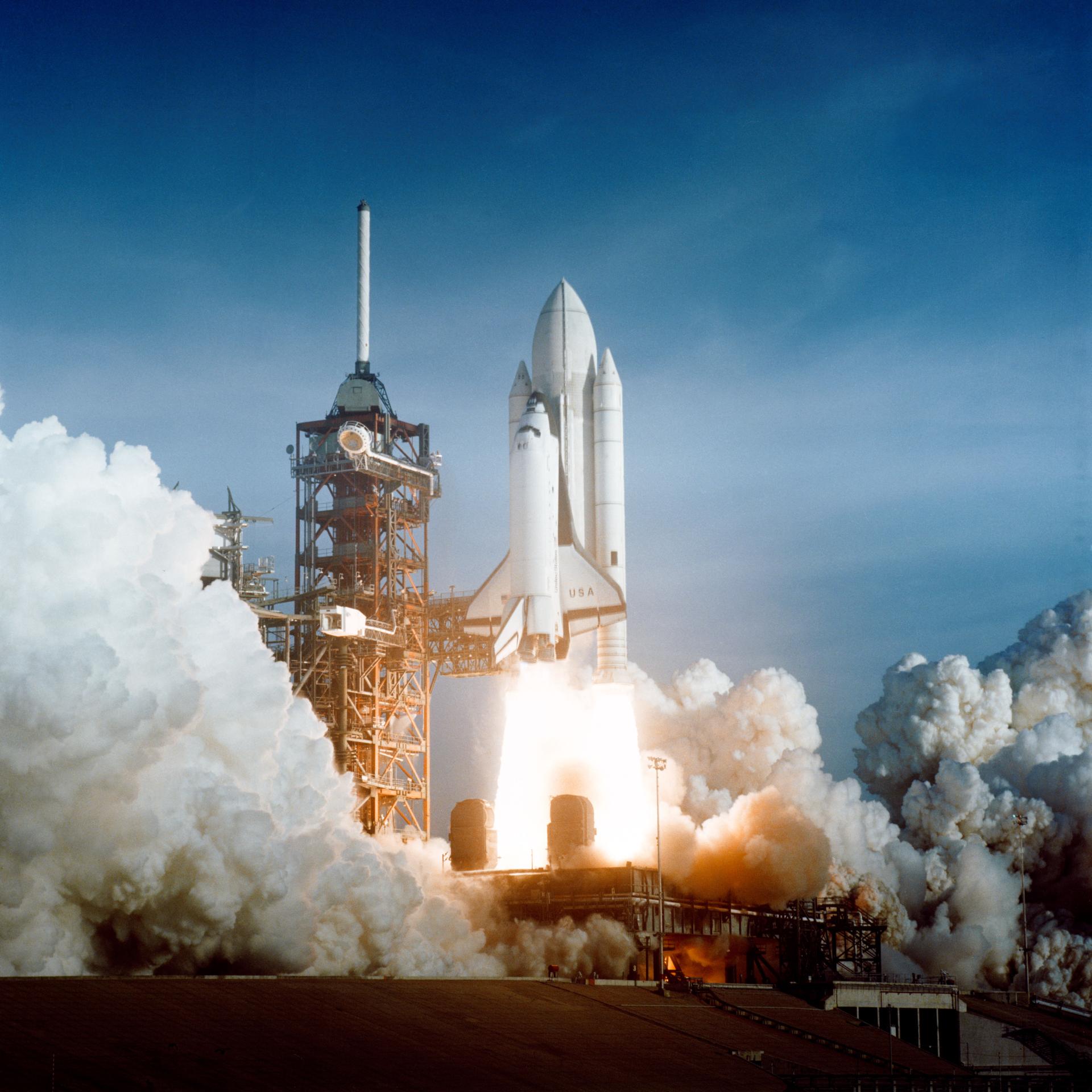
When we consider the vast and intriguing realm of **space exploration**, several prominent figures often come to mind, each having made significant contributions to our understanding of the cosmos. Among these luminaries is **Robert Crippen**, a distinguished pioneer in the field of **aerospace engineering** and a key player in numerous **NASA** missions. But who is Robert Crippen, and what makes his contributions so noteworthy? To truly appreciate his impact, we must explore the remarkable journey of this astronaut, whose work has not only advanced space travel but has also inspired countless individuals to dream big and reach for the stars. From his early days in aviation to his groundbreaking missions aboard the Space Shuttle, Crippen’s story is one of innovation, bravery, and a relentless pursuit of knowledge. Join us as we delve into the life and legacy of Robert Crippen, a true icon in the annals of space exploration.
Early Life and Education

Born to Explore
Robert Crippen entered the world on **September 11, 1937**, in the vibrant city of **Beaumont, Texas**. From a young age, he was captivated by the idea of flight and the vastness of exploration. Growing up in the heart of Texas, surrounded by open skies and endless horizons, his fascination with aviation blossomed. However, what truly distinguished him from others was his unwavering determination to transform this passion into a fulfilling career. Crippen’s early experiences and dreams laid the groundwork for a remarkable journey that would ultimately lead him to the stars.
Aerospace Engineering Degree
In 1960, Crippen achieved a significant milestone by graduating from the **University of Texas at Austin** with a degree in **aerospace engineering**. This accomplishment marked the beginning of an extraordinary adventure that would propel him into the realm of space exploration. Just imagine the thrill of immersing oneself in a field that not only ignited his passion but also paved the way for future endeavors in space travel. The knowledge and skills he acquired during his studies would serve as the foundation for a career that would see him break barriers and reach new heights in the aerospace industry.
Military Career and NASA Journey

Joining the U.S. Air Force
After completing his college education, Crippen took a significant step in his career by enlisting in the **U.S. Air Force**. In 1966, he became an integral part of the **Manned Orbiting Laboratory program**, an initiative that played a vital role in shaping his future endeavors in the field of space exploration. This experience was not just a job; it was akin to constructing a rocket in preparation for a monumental launch into orbit. The skills and knowledge he acquired during this time would prove invaluable as he navigated the complexities of aerospace technology and human spaceflight.
Transition to NASA
In 1969, Crippen made a bold and transformative career decision by transferring to **NASA’s astronaut corps**. This transition marked a crucial turning point in his professional journey, setting the stage for him to become a prominent figure in the **Space Shuttle program**. However, this path was not without its challenges. As he embarked on this new chapter, Crippen faced numerous obstacles, including rigorous training, intense competition, and the high expectations that came with being part of such a prestigious organization. What hurdles did he encounter, and how did he overcome them to achieve his remarkable contributions to space exploration?
Historic Space Shuttle Missions

The First Space Shuttle Flight
On **April 12, 1981**, a significant milestone in the history of space exploration was achieved when astronaut **John W. Young** and pilot **Robert Crippen** embarked on the inaugural flight of the **Columbia**, the world’s first reusable spacecraft. The excitement and anticipation surrounding this mission were palpable, as it marked a revolutionary step forward in the way humanity approached space travel. Imagine the exhilaration of being part of a groundbreaking event, flying a spacecraft designed to be flown multiple times! Over the course of their mission, Crippen and Young successfully orbited the Earth **36 times**, showcasing the capabilities of the shuttle before safely landing on **April 14**. This mission not only demonstrated the feasibility of reusable spacecraft but also set the stage for future explorations, making it a pivotal moment in the annals of space history.
Mission Highlights
| Mission | Date | Key Achievement |
|---|---|---|
| STS-1 | April 12-14, 1981 | First Space Shuttle Flight |
| STS-7 | June 18-24, 1983 | First American Woman in Space (Sally Ride) |
| STS-41-C | April 6-13, 1984 | First Satellite Repair in Orbit |
| STS-41-G | October 5-13, 1984 | First American Woman to Walk in Space (Kathryn Sullivan) |
Leading the Way for Women in Space
During the **STS-7** mission, Crippen played a crucial role in history by flying alongside **Sally Ride**, who became the first American woman to venture into space. This groundbreaking achievement was not just a personal triumph for Ride, but also a monumental step forward for gender equality in the realm of space exploration. It symbolized the breaking down of barriers and the opening of new avenues for women in science and technology. The inclusion of women in such high-stakes missions has paved the way for future generations, inspiring countless individuals to dream big and reach for the stars. It’s as if a new universe of possibilities was unlocked, encouraging a diverse range of talents to contribute to the exciting field of space exploration!
Later Career and Contributions

NASA Administration Roles
After his remarkable missions, Crippen transitioned into administrative roles at NASA. From **1984 to 1992**, he served as the director of the **Space Shuttle program** and later became the director of the **Kennedy Space Center** from **1992 to 1995**. His leadership helped shape the future of space travel.
Private Sector Ventures
After leaving NASA, Crippen didn’t stop there. He worked with various **private aerospace companies** until his retirement in **2001**. His expertise and experience were invaluable in advancing aerospace technology. Talk about a legacy!
Legacy and Impact on Space Exploration

Inspiring Future Generations
Robert Crippen’s journey is not just about his missions; it’s about inspiring future generations of astronauts and engineers. His story shows us that with hard work and determination, the sky is not the limit—it’s just the beginning!
Recognition and Awards
Throughout his career, Crippen received numerous awards and honors, including the **NASA Distinguished Service Medal**. These accolades are a testament to his contributions to space exploration. It’s like receiving a gold star for your hard work, but on a cosmic scale!

In conclusion, Robert Crippen is more than just an astronaut; he’s a symbol of what can be achieved with passion and perseverance. From his early days in Texas to commanding historic missions, his legacy continues to inspire those who dare to dream of the stars. So, the next time you look up at the night sky, remember the incredible journey of Robert Crippen and the countless possibilities that lie beyond!

